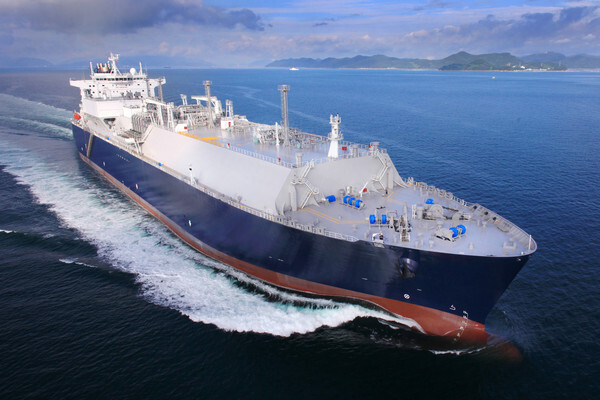
The decommissioning of aging liquefied natural gas (LNG) carriers has significantly accelerated, with a record eight vessels scrapped last year. As shipping companies seek to reduce carbon emissions, this trend is expected to drive a surge in orders for new, low-carbon LNG carriers.
Historically, LNG carriers have had a lifespan of around 25 years. However, with the International Maritime Organization (IMO) imposing stricter regulations on carbon emissions, older, less efficient vessels are being phased out at a faster pace. The vessels being decommissioned are primarily first-generation steam turbine-powered LNG carriers, which were more common in the 1990s. 1
We're seeing a real uptick in the scrapping of LNG carriers this year," said [Industry Expert's Name], an analyst at [Company]. "The older steam turbine vessels, which often operate on bunker fuel, are simply becoming uneconomical to run."
The increased decommissioning is expected to benefit shipbuilding companies, which have been facing challenges due to oversupply and slower-than-expected LNG production in some regions. The surge in demand for new LNG carriers, driven by environmental regulations and the need to replace aging fleets, is seen as a positive sign for the industry.
"[LNG carriers and large container ships] are the high-value vessel types that fill our shipyards," said [Shipbuilding Company Executive]. "This trend indicates that the shipbuilding industry is poised for a period of sustained growth."
With the global fleet of LNG carriers estimated at around 700 vessels, and a significant portion of those being older, steam turbine-powered vessels, the industry anticipates continued strong demand for newbuilds in the coming years. As shipping companies strive to meet increasingly stringent environmental standards, the decommissioning of older vessels and the construction of new, more efficient LNG carriers are expected to remain key trends in the maritime industry.
[Copyright (c) Global Economic Times. All Rights Reserved.]






























